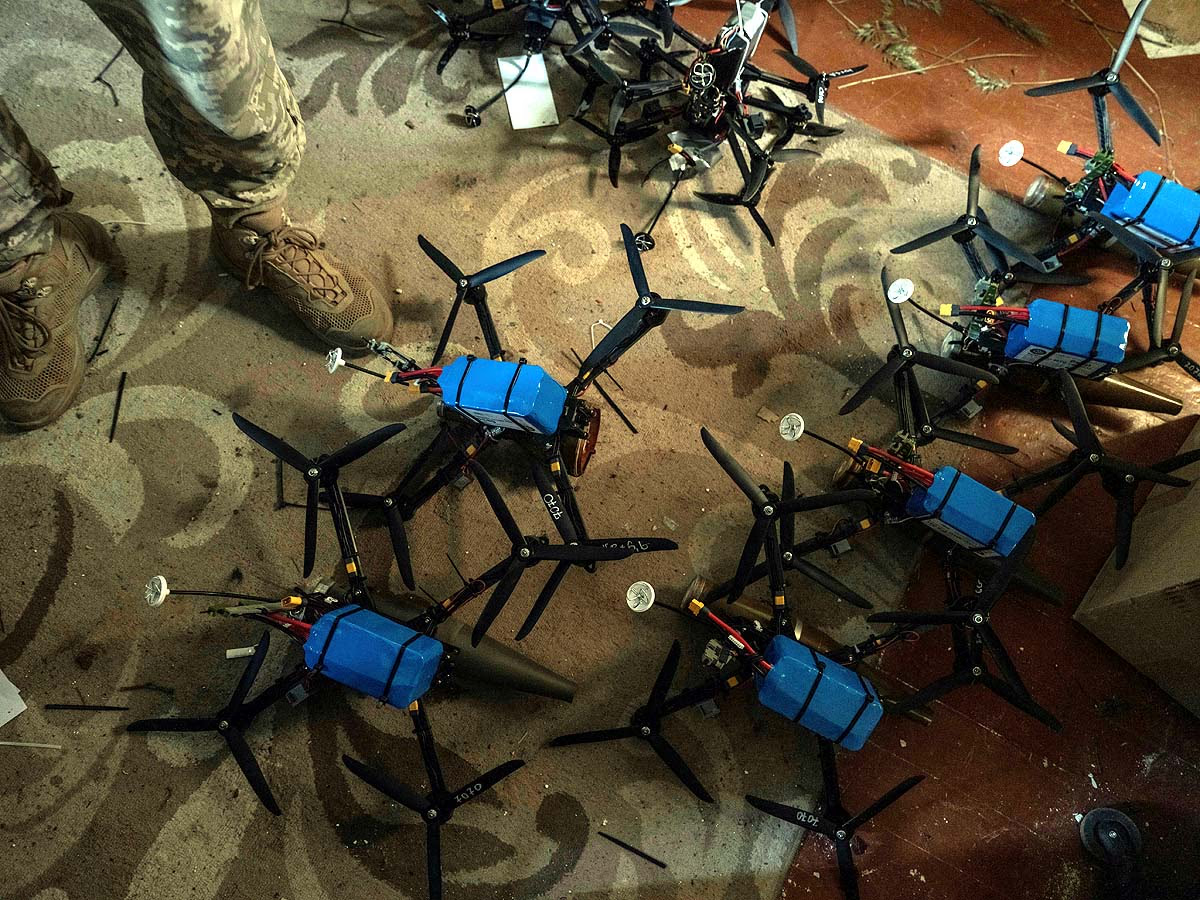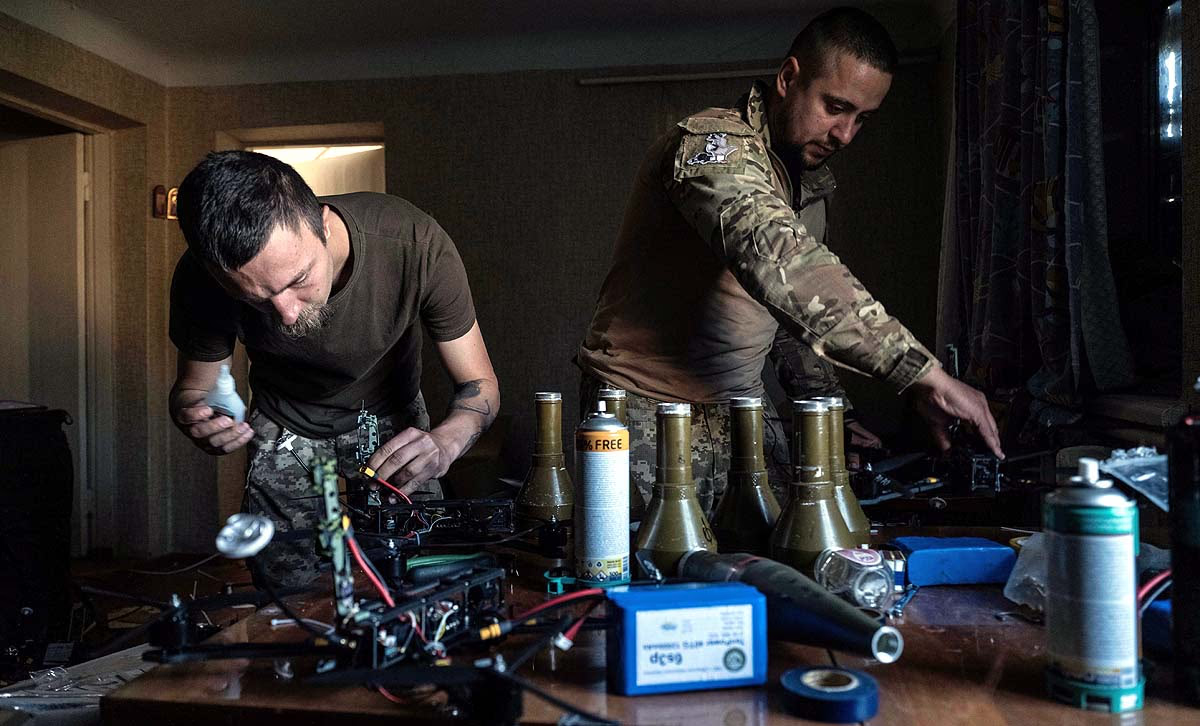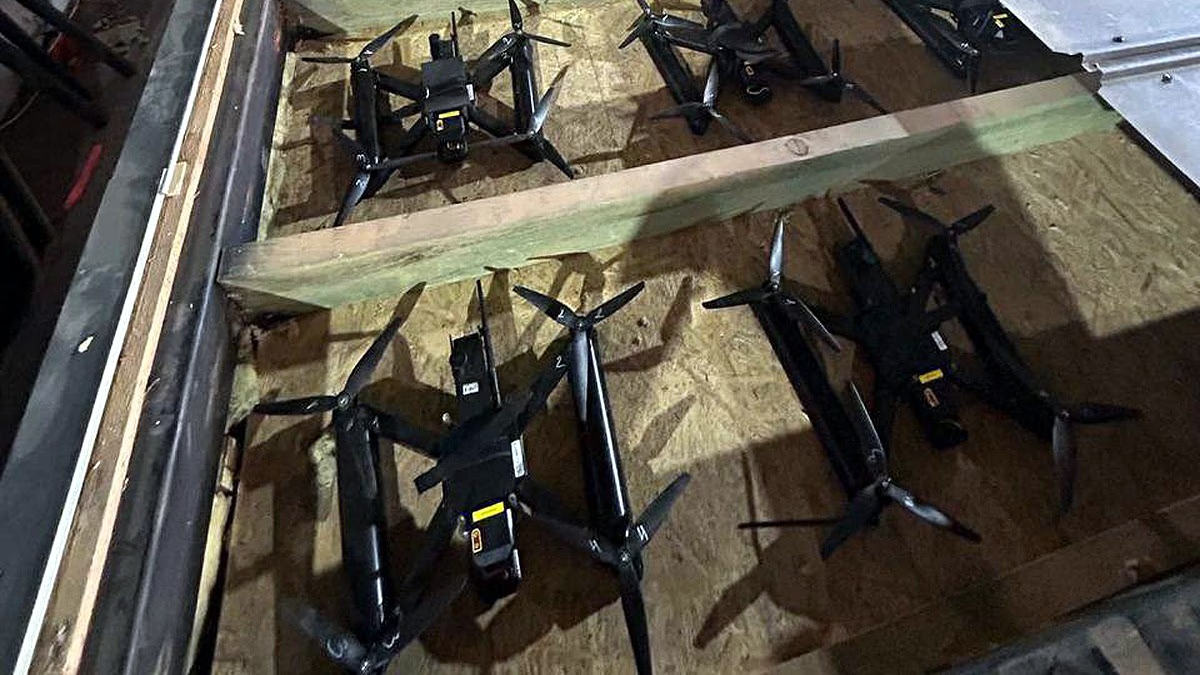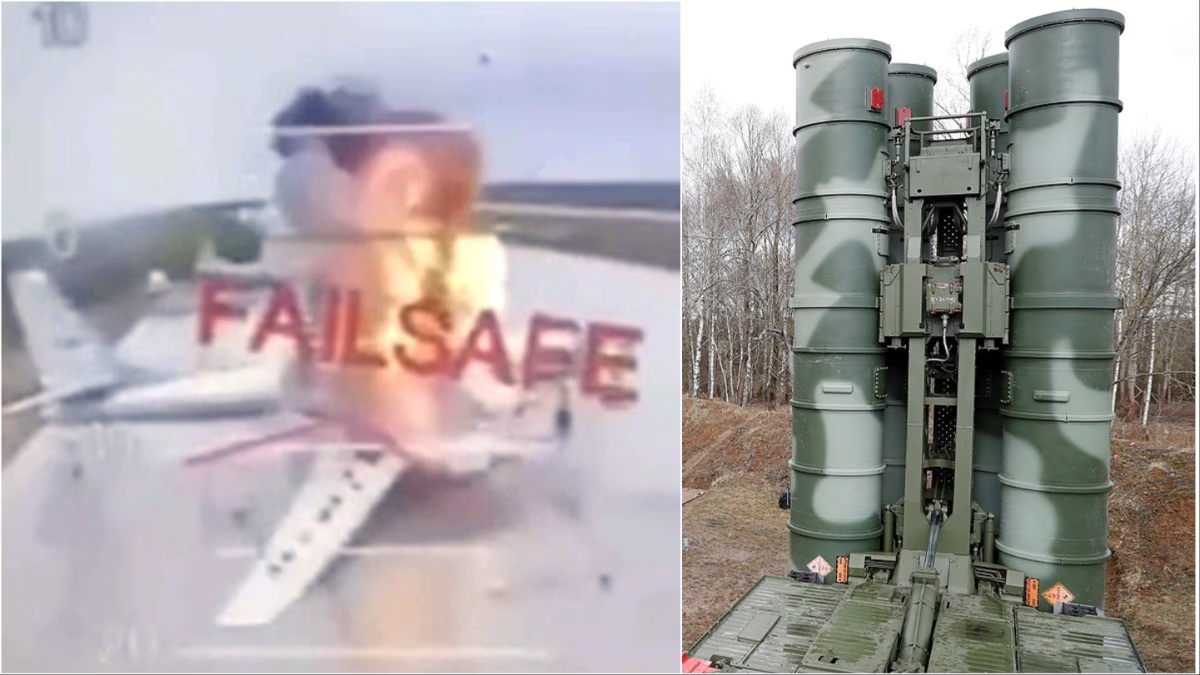On June 1, 2025, Ukraine launched 'Operation Spiderweb,' a surprising strike on Russian military airbases using cost-effective FPV drones. These low-cost machines demolished Russia's expensive aircraft — here's an exploration of this extraordinary operation.
Intriguing Read:

Source: aajtak
Operation Spiderweb in Detail
Orchestrated by Ukraine's intelligence agency (SBU), after an 18-month planning period, the operation’s key aspects include:
Drones & Armament: SBU successfully transported 150 FPV drones and 300 ammunitions across the Russian border.
Airstrikes: 116 drones took flight and attacked four military airbases in Russia.
Smart Strategy: Controlled via Russian telecoms, the drones with AI-assisted auto-homing technology precisely identified targets.
Tactical Timing: Launched from truck-mounted frames during daylight, the attacks caught Russia's air defense systems off-guard, including the S-400.
Biggest Impact: At Olenya airbase, drone strikes ignited Tu-95 fuel tanks, scorching multiple jets.
Damage Assessment & Impact

Source: aajtak
Damage in Russia:
Ukraine targeted 41 aircraft including Tu-95, Tu-22M3, and A-50 across four airports, with an estimated worth of $2 to $7 billion (approx. 17,000 crore to 59,000 crore rupees).
Ukraine's Status:
There were zero casualties; all SBU operatives returned safely.
Notable Feature:
A pioneering assault showcasing how low-cost drones inflicted monumental damage.
Drone Economics

Source: aajtak
Individual Drone Expense: FPV drone cost ranged from $430 to $600 (approximately 36,000 to 50,000 rupees).
Total Expenditure: 116 drones amounted to $49,880 to $69,600 (roughly 42 lakh to 58 lakh rupees).
Loss vs. Cost: These economical drones annihilated aircraft worth 59,000 crore rupees, highlighting Ukraine’s strategic prowess.
Tactical & Strategic Highlights
AI Advantage:
Ukrainian military intelligence scanned Russian bombers, training AI for swift drone targeting.
Mobile Launch Points:
Deployed near strategic Russian airbases, they caught Russia's air defenses off guard.
Low Altitude:
FPV drones flew low, evading radar systems like the S-400.
Compelling Read:
Reasons Behind Operation's Acclaim
Surprise Element: Daytime attack was unexpected for Russia.
Cost-Effective Tactics: Low-cost drones targeted high-value assets.
Strategic Sophistication: AI and mobile launch systems enhanced effectiveness.
Russia's Air Defense Vulnerability: It failed against small, low-flying drones.
In 'Operation Spiderweb,' Ukraine utilized 116 inexpensive FPV drones to dismantle Russian aircraft worth 59,000 crore rupees. Through clever AI and strategy, Ukraine revealed the power of cost-effective war tactics. It marks the beginning of a new era in warfare strategies.




